On August 14, the World Health Organisation (WHO) officially classified the rising cases of MPOX in the Democratic Republic of Congo (DRC) and neighbouring countries as a Public Health Emergency of International Concern (PHEIC). This decision highlights the serious threat posed by the current MPOX outbreak, with fears that the virus could potentially escalate into a global health crisis.
This marks the second time that MPOX has been designated as a PHEIC by the WHO, following the 2022 outbreak, which was the first time the virus had spread widely outside of its endemic regions in Central and West Africa. The occurrence of two significant outbreaks within just four years has raised concerns globally, especially in the aftermath of the COVID-19 pandemic. As a result, many are now wary of the potential for an MPOX outbreak to become a new pandemic.
What Exactly is MPOX?
MPOX, formerly known as monkeypox, is a viral disease caused by the monkeypox virus, which belongs to the same family of viruses that causes smallpox. It was first identified in monkeys in a Danish laboratory in 1958 hence its name.
MPOX is characterized by symptoms such as fever, headache, muscle aches, and a distinctive rash that can spread across the body. The disease can be transmitted between animals and humans and, through direct contact with infected blood, bodily fluids, or lesions. An example of such transmission occurred during an outbreak in the United States (U.S.) in 2003, following a shipment of animals from Ghana that were infected with MPOX. These animals were housed near prairie dogs, which subsequently became infected and transmitted the virus to 47 people, all of whom had direct contact with the infected prairie dogs.
It can also spread from human to human by several modes of contact, the virus spreads primarily through direct contact with the infectious rash, scabs, or bodily fluids of an infected person. It can also be transmitted through respiratory droplets during prolonged face-to-face contact, making close interactions a key risk factor. Additionally, the virus can spread through contact with contaminated materials, such as bedding and clothing that have been in contact with an infected individual.
During the 2022 outbreak, the virus was mostly spread through sexual contact with the majority of cases reported among gay, bisexual, and other men who have sex with men, although this paints a picture that this demographic is most at risk, any person with multiple sexual partners is more at risk than the general population. The virus also puts children, pregnant women, people with a history of eczema, and severely immunocompromised people at the highest risk of developing a severe case of MPOX.
As mentioned previously MPOX is endemic to Central and West Africa, however, generally, there are two distinct strains that are spread in each region, Clade I in Central Africa and Clade II in West Africa. Clade I is the more severe of the two and causes more serious illness and a higher rate of death with some outbreaks killing 10% of those infected, Clade II infections present with lower severity and a much lower mortality rate, with 99.9% of those infected with Clade II surviving.
It was Clade II, sub-clade IIb specifically, that was responsible for the 2022 outbreak that saw approximately 100,000 confirmed cases and 207 deaths across 122 countries. The ongoing outbreak concerns Clade I and has been spreading in the DRC since the start of 2023, with a new sub-clade identified in the mining town of Kamituga, in east of DRC in April 2024. Clade Ib primarily affects adults, and is more easily spread, while Clade Ia seems to mainly affects children. There have already been more than 27,000 suspected cases of MPOX and more than 1,300 deaths in the DRC alone, the reporting of infections and deaths in the DRC in particular is complicated by the ongoing conflict, which has internally displaced more than 7 million people, coupled with a health care system that is near collapse under the strain of measles and cholera outbreaks, due to these factors, the number of infections and deaths in the DRC are likely much higher than being reported.
Can MPOX Cause a Pandemic?
The current spread of a more infectious and potentially more fatal strain of MPOX in the DRC, neighboring countries, and beyond is alarming, as the virus appears to have adapted to spread more effectively among humans. The situation in the DRC, where Clade I is endemic and the spread of MPOX has gone largely unchecked due to ongoing conflict and a weakened health care system, creates an ideal environment for new strains of the virus to emerge. These strains could potentially become even more transmissible and deadly, similar to how new strains of COVID-19 emerged during and after the pandemic.
However, to equate MPOX in its current form with COVID-19 would be quite a stretch, COVID-19 is significantly more infectious and MPOX is also slower to mutate. Nonetheless, should MPOX continues to spread unchecked in the DRC or West Africa there will eventually be a strain capable of causing another pandemic with serious global implications.
The history of smallpox, which MPOX is related to, could provide insight into the potential severity of a mutated MPOX strain. Smallpox is estimated to have killed 300 million people since 1900 alone, with a fatality rate of 30%. It had existed for thousands of years and spread throughout the world through travellers and traders. A global vaccination program eventually led to the eradication of smallpox in 1977, making it the first and only human disease to be eradicated so far.
Ironically, the eradication of smallpox may have paved the way for MPOX to emerge. After smallpox was eradicated, smallpox vaccinations were discontinued, leaving new generations vulnerable to both smallpox and related viruses like MPOX, even though the smallpox vaccine is effective against MPOX and currently recommended by the WHO for inoculating against MPOX. More concerning is the fact that after the eradication of smallpox, vaccine production was drastically reduced, leaving the world with insufficient quantities to support a mass vaccination program in the event of a widespread MPOX outbreak.
Herein lies the greatest difference between MPOX and COVID-19. When COVID-19 emerged, it was a novel disease, entirely new to the world, and we were completely unprepared for it. In contrast, MPOX is not new; it was first discovered in monkeys in 1958, with the first human case identified in 1970. We’ve been aware of its potential to cause disease in Africa for over half a century, and we even have a viable vaccine against it. So why haven’t we been able to eradicate MPOX?
Why Hasn’t MPOX Been Eradicated?
The simple answer to why MPOX cannot be eradicated like smallpox is that MPOX is a zoonotic disease, meaning it can spread from animals to humans, unlike smallpox, which only infected humans. MPOX also has a wide range of animal reservoirs, particularly rodents, which makes eradication nearly impossible. However, this doesn’t mean that fighting the disease is impossible, especially since the smallpox vaccine is still effective against MPOX. In theory, MPOX should be easier to manage than both smallpox and COVID-19 because it is endemic to specific regions and had not spread widely beyond those regions before the 2022 outbreak.
The challenges become apparent when considering vaccine production, cost, and distribution. Denmark’s Bavarian Nordic and Japan’s KM Biologics produce the two main vaccines, with Bavarian Nordic’s vaccine costing about $100 per dose. This cost is prohibitive for many countries where MPOX is endemic, forcing them to rely on the WHO. Despite classifying MPOX outbreaks as PHEICs on within 2 years, the WHO has been slow to approve vaccines, limiting the ability of public healthcare groups to acquire them and distribute them to poorer countries.
As a result, countries bearing the brunt of infections are left with few options. Without the means to afford or acquire vaccines through the WHO, they must directly request vaccines from nations that have stockpiled them and monopolized the limited supply of vaccines. So far, the U.S. has donated 50,000 doses, Germany has pledged 100,000, and Spain has pledged 500,000—650,000 doses in total, far short of the estimated 10 million doses needed.
The distribution of these vaccines is further complicated by instability on the ground, particularly in the DRC, where there is ongoing conflict and where the current outbreak originated. Despite the WHO’s shortcomings and the patterns of inequitable vaccine access that became evident during the COVID-19 pandemic, these issues have repeated themselves with the MPOX outbreaks.
One would have assumed that after the COVID-19 pandemic, the world would be more vigilant against potential sources of another pandemic. However, as seen with the current and 2022 MPOX outbreaks, little has changed. Unless more is done to ensure equitable access to vaccines in regions where MPOX is endemic, we risk the resurgence of diseases like smallpox, potentially undoing the tremendous global effort that led to its eradication in 1977.
References
“2023 Outbreak in DRC.” 2024. Centers for Disease Control and Prevention. August 26, 2024. https://www.cdc.gov/poxvirus/MPOX/outbreak/2023-drc.html
“About MPOX | MPOX | Poxvirus | CDC.” n.d. https://www.cdc.gov/poxvirus/MPOX/about/index.html
Adetifa, Ifedayo, Jean-Jacques Muyembe, Daniel G Bausch, and David L Heymann. 2023. “MPOX neglect and the smallpox niche: a problem for Africa, a problem for the world.” The Lancet 401 (10390): 1822–24. https://doi.org/10.1016/s0140-6736(23)00588-3
Assistant Secretary for Public Affairs (ASPA). 2024. “United States Government’s Response to the Clade I MPOX Outbreak in the Democratic Republic of the Congo and Other Countries in the Region.” HHS.Gov, August 14, 2024. https://www.hhs.gov/about/news/2024/08/14/united-states-governments-response-clade-i-MPOX-outbreak-democratic-republic-congo-other-countries-region.html
BBC News. 2024. “First case of more dangerous MPOX found outside Africa.” August 15, 2024. https://www.bbc.com/news/articles/c4gqr5lrpwxo
Emanuel, Gabrielle. 2024. “WHO declares 2024 MPOX surge a ‘public health emergency of international concern.’” NPR, August 14, 2024. https://www.npr.org/sections/goats-and-soda/2024/08/14/g-s1-16977/MPOX-public-health-emergency-world-health-organization-who
Mary, Catherine. 2024. “How The MPOX Virus Is Adapting to Humans.” Le Monde, August 26, 2024. https://www.lemonde.fr/en/environment/article/2024/08/26/the-MPOX-virus-is-now-adapting-to-humans_6721837_114.html
Reuters. 2024a. “Why MPOX Vaccines Are Only Just Arriving in Africa After Two Years.” The Hindu. August 26, 2024. https://www.thehindu.com/sci-tech/health/why-MPOX-vaccines-are-only-just-arriving-in-africa-after-two-years/article68568344.ece
Reuters, Thomson. “Spain to Donate 500,000 Mpox Vaccine Doses to Combat Outbreak in Africa | Reuters.” Reuters, 2024. https://www.reuters.com/business/healthcare-pharmaceuticals/spain-donate-500000-mpox-vaccine-doses-combat-outbreak-africa-2024-08-27/.
Reynolds, Mary G., Krista L. Yorita, Mathew J. Kuehnert, Whitni B. Davidson, Gregory D. Huhn, Robert C. Holman, and Inger K. Damon. 2006. “Clinical Manifestations of Human Monkeypox Influenced by Route of Infection.” The Journal of Infectious Diseases 194 (6): 773–80. https://doi.org/10.1086/505880
“Smallpox.” n.d. AMNH. https://www.amnh.org/explore/science-topics/disease-eradication/countdown-to-zero/smallpox
Welle, Deutsche. 2024. “Germany to donate Africa 100,000 MPOX vaccine doses.” Dw.Com, August 27, 2024. https://www.dw.com/en/MPOX-germany-to-give-africa-100000-doses-of-vaccine/a-70055504







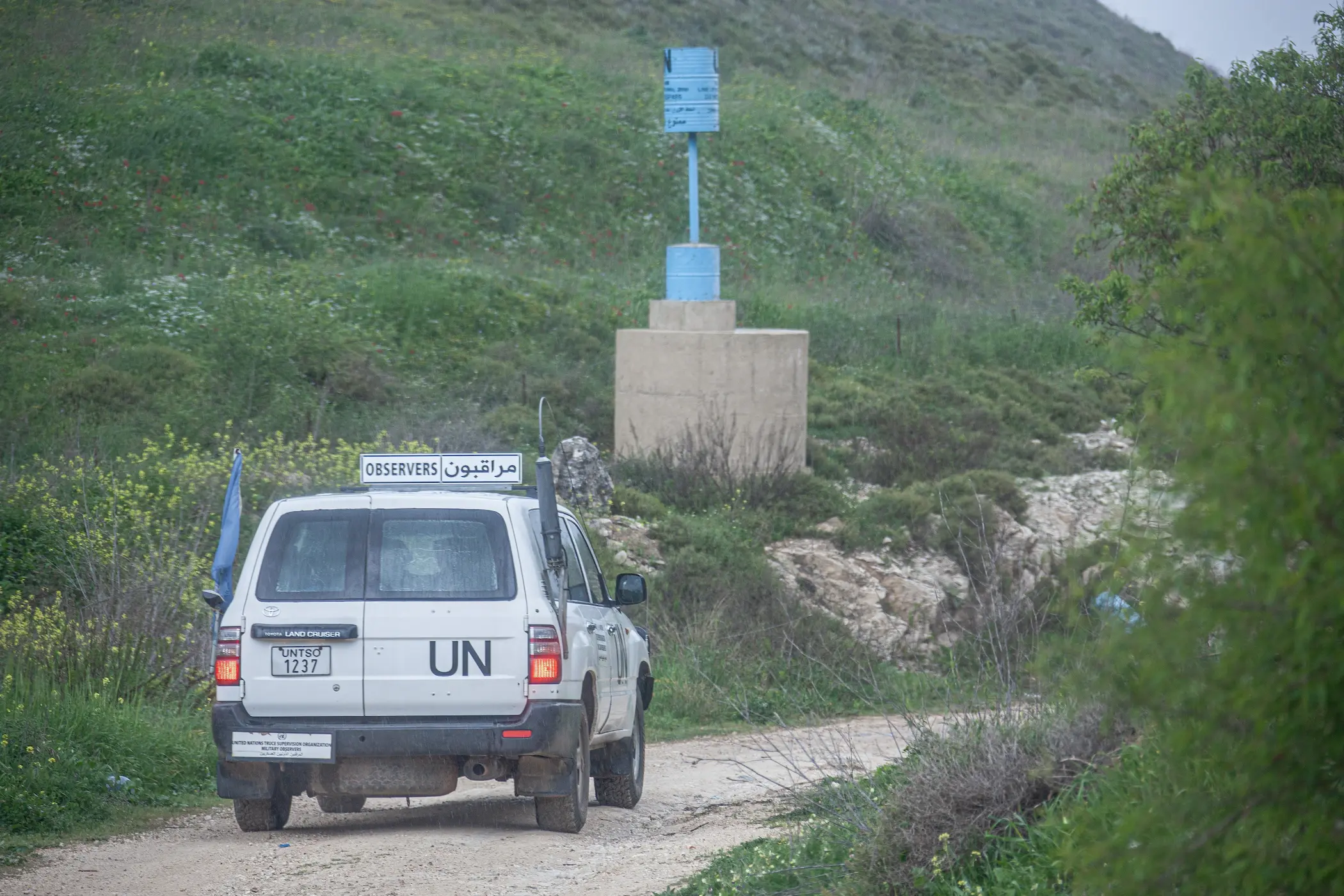
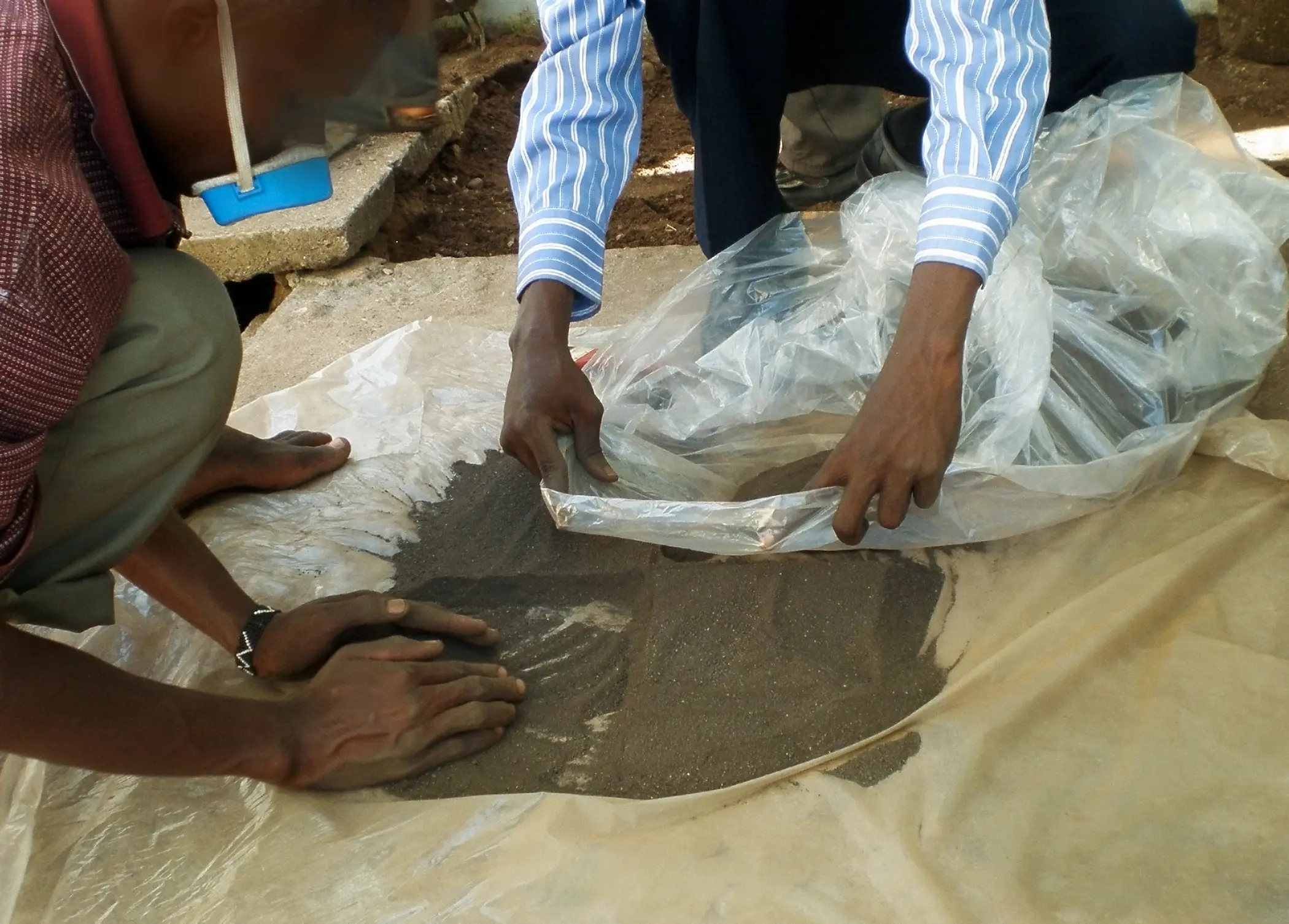

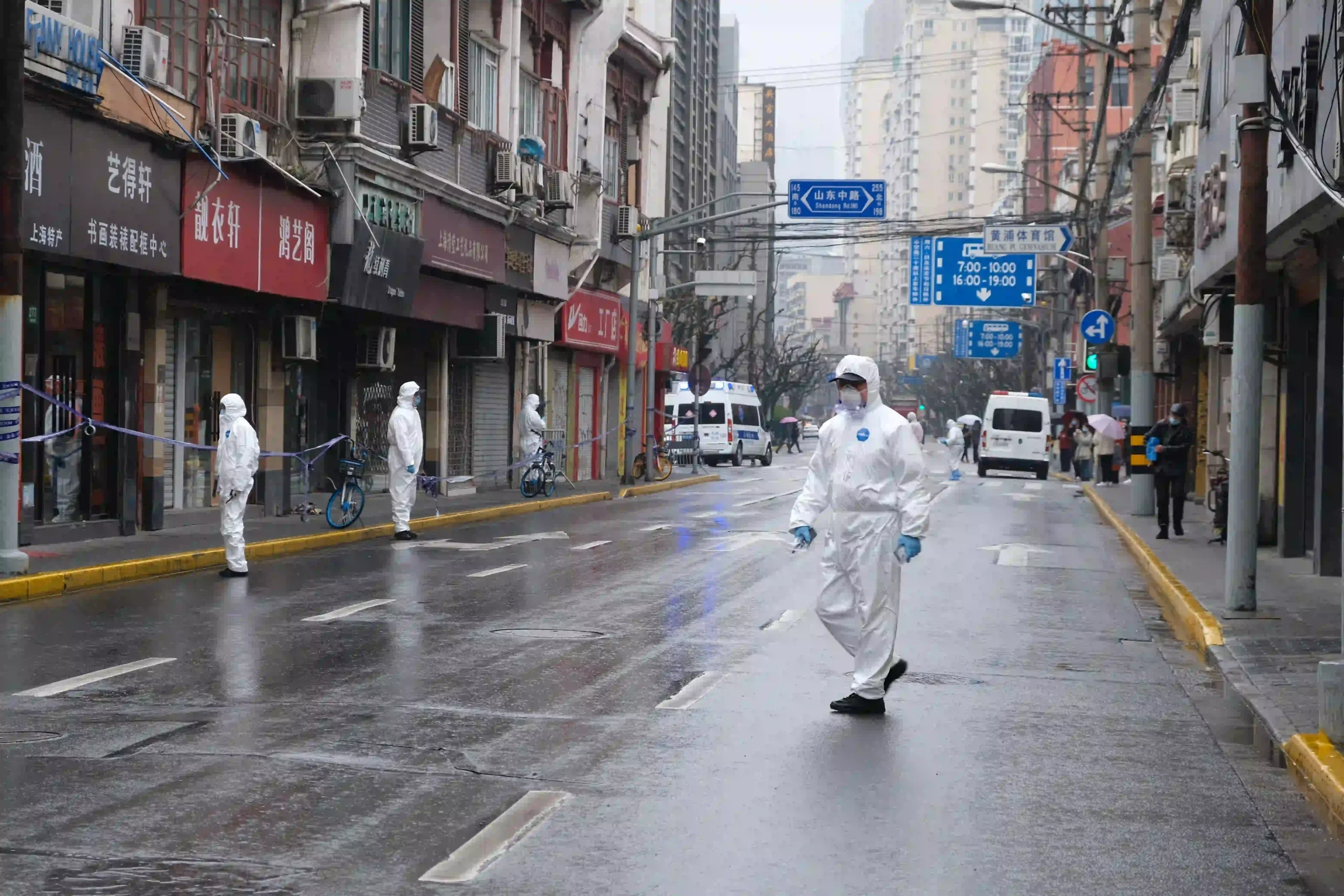



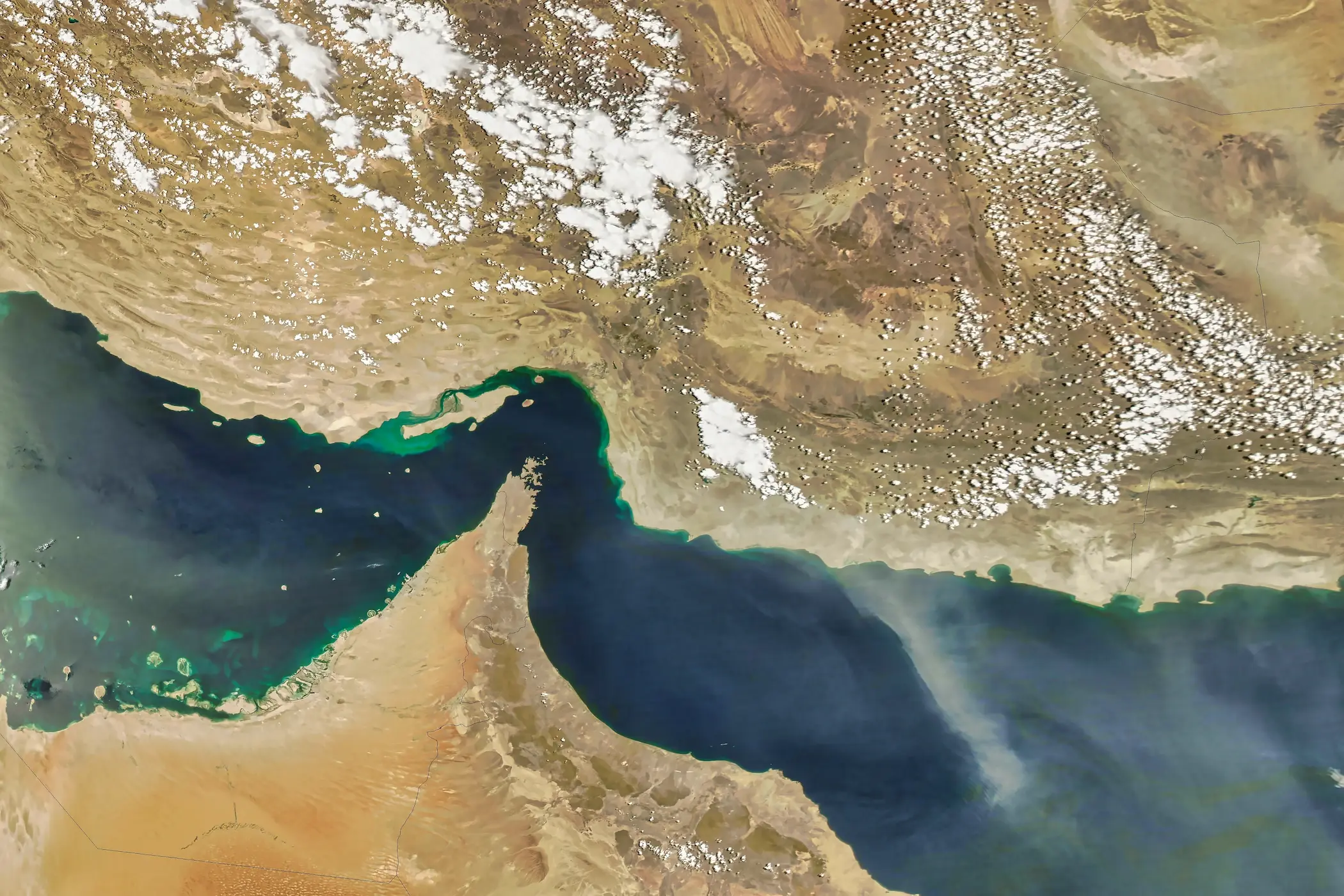




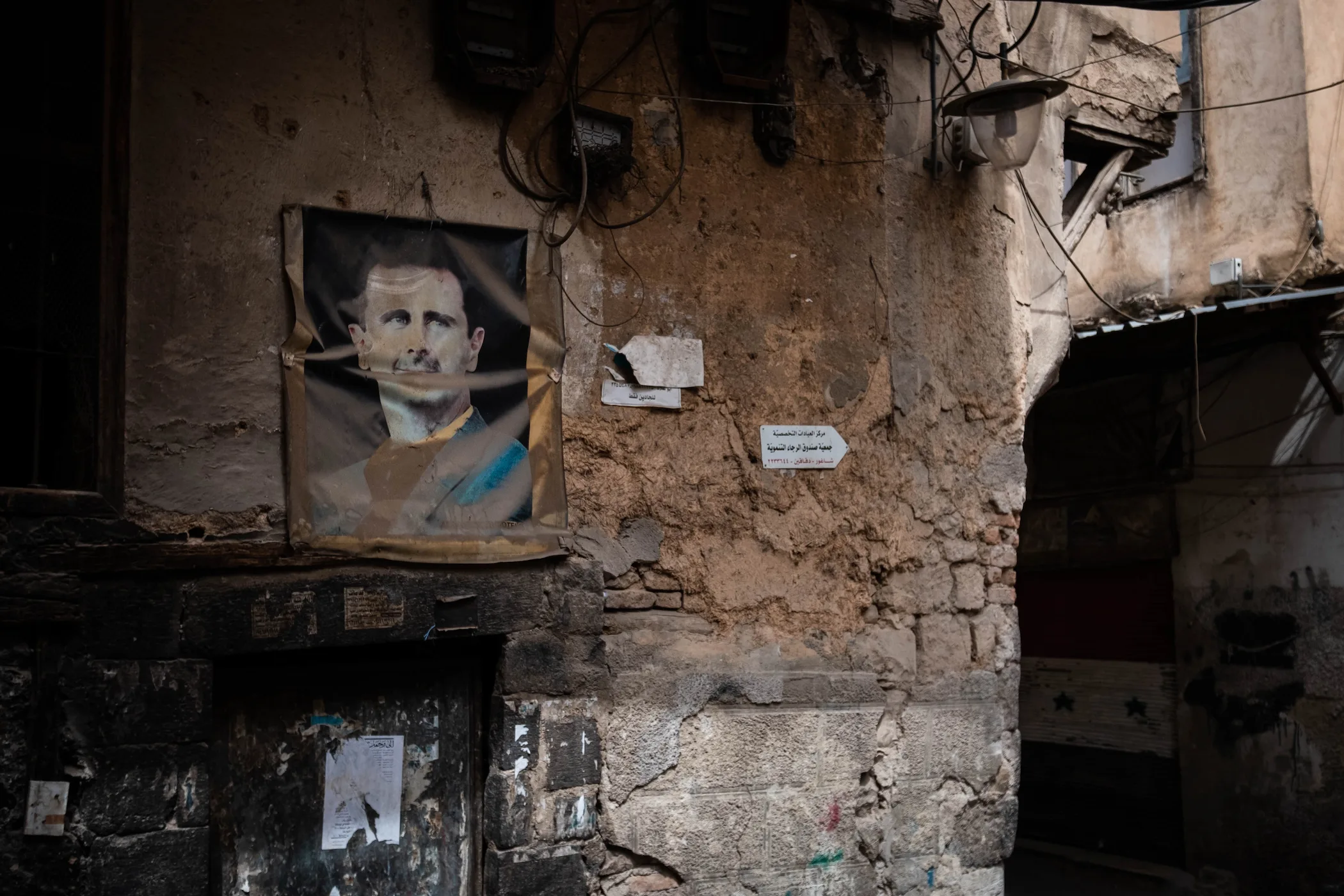



Comments